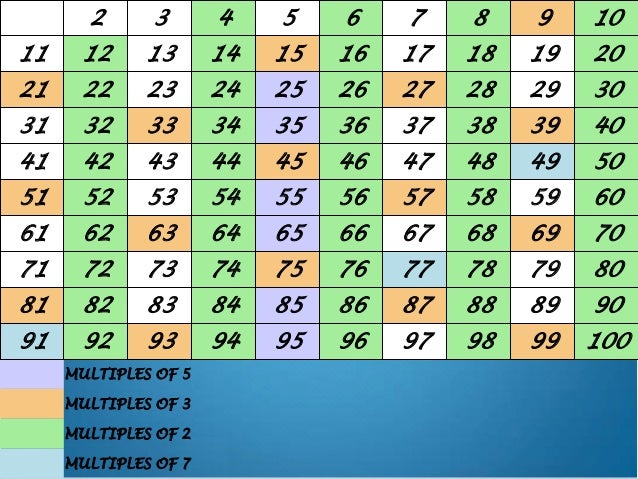
The same step can be applied more times and the resultant value will be 5. What is the GCF of 160? It is not a prime number. The orangedivisor (s) above are the prime factors of the number 160. It can also be written in exponential form as 25x 51. Then re-write your answer so that it is 5x2^5.
The Factor Tree of 1above shows the level of divisions carried out to get the factor numbers. Study the tree to see the step by step division. The distinct prime factors (listing each prime factor only once) of 1are and 5. Write the prime factors in ascending order and give your answer in index form. This calculator presents: 1. CSV (comma separated values) list of prime factors 4. See full list on calculatorsoup. We cover two methods of prime factorization: find primes by trial division, and use primes to create a prime factors tree.
Direct Search Factorization. Lectures by Walter Lewin. St Cenydd Maths 25views.
The number 1is a composite number because 1can be divided by by itself and at least by and 5. So, it is possible to draw its prime tree. See its prime factors tree below. Express 1as its product of prime factors. Prime Factorization Algorithms.
The factor tree method of prime factorization: In the above metho the natural number 1was repeatedly expressed as product of its factors , until all of the factors are prime numbers. Basic premise: For the prime factorization of a number N, start with the smallest prime that will evenly divide N. Final answer: 1is not a prime, is a composite number. Get the you nee now!

Then think, are those numbers prime or not? Factor trees are the easiest way to find the product of prime factors , but you can also use division. The easiest way to do this is to use a factor tree.
First of all, can be split into × 2. Highlight as this is a. Step : Put the given number inside the L shape Step : We have to split the given number by prime numbers only. The question has asked for a product of prime factors. Write all of the circled prime numbers (found in the prime factor tree) as a product.
Omega function, is the number of prime factors of n counted with multiplicity (so it is the sum of all prime factor multiplicities). A prime number has Ω( n ) = 1. We use the steps given below to do prime factorization using ladder diagram. That is, always we have to put prime numbers out side the L shape. The number one only has one factor and is considered to be neither prime nor composite. When a composite number is written as a product of all of its prime factors , we have the prime factorization of the number.
The LCM is the product of these factors. By matching up the common primes, each common prime factor is used only once. But is not a prime number, so we need to go further. Yes, that worked also. As you can see, every factor is a prime number, so the answer must be right.

Type the number in the input box below to find the prime factors of that number.
No comments:
Post a Comment
Note: Only a member of this blog may post a comment.